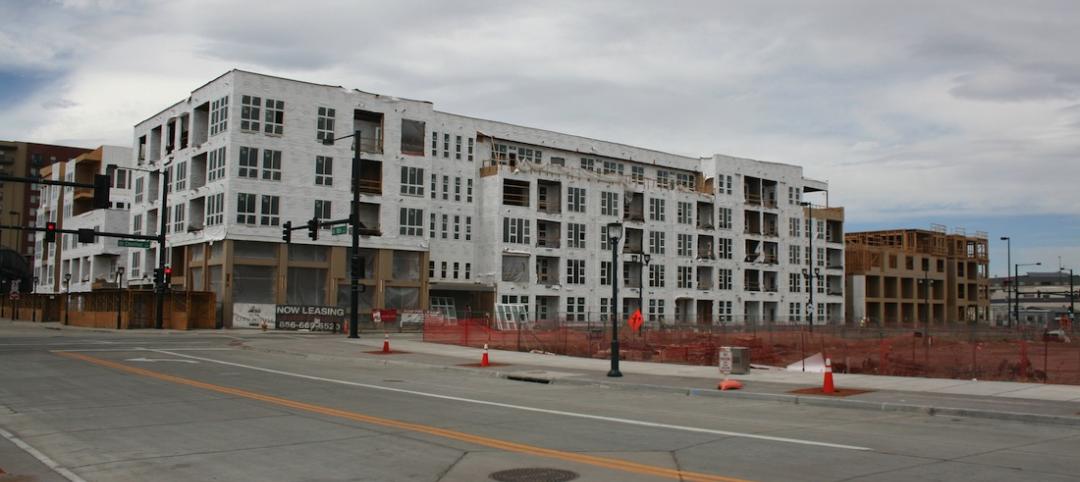Research at Case Western Reserve University has found that buildings that rock during an earthquake and return to plumb would withstand seismic shaking better than structural designs commonly used today in vulnerable zones of California and elsewhere.
Those buildings would also be more easily and cheaply repaired and could be put back into use faster, said Michael Pollino, an assistant civil engineering professor at Case School of Engineering. The computer model research suggests optimal sizes for damping devices and steel yielding devices that dissipate the energy of a quake.
Pollino’s model compares rocking steel-braced frames to current earthquake standards used in low- to mid-rise buildings. "Currently, engineers are designing low-rise structures for an earthquake that has a 10% chance of occurring in a 50-year-lifetime," Pollino said. "We accept there will be damage, but no collapse or loss of life. But what about an event that has a 50% chance of occurring? You may still have to tear the building down afterward.”
Pollino and other researchers are finding advantages to the design, which has not yet made it into practice. He and colleagues are discussing forming a technical committee of civil engineers that would advance the technology into practice. Pollino is now applying for funding to begin physically testing designs in the university's structures laboratory.
Related Stories
Green | Jan 29, 2016
USGBC names top 10 states for LEED green building
Illinois leads the list for the third straight year.
Codes and Standards | Jan 25, 2016
Dept. of Energy releases decision guides for plug and process loads
Plug and process loads consume about 30% of the primary energy in U.S. commercial buildings today.
Codes and Standards | Jan 22, 2016
ConsensusDocs releases new multi-party IPD agreement and joining agreement
The documents serve as a comprehensive revision of previous IPD agreement
Codes and Standards | Jan 22, 2016
State Savings Calculator analyzes savings associated with energy codes
The calculator breaks down the cost-effectiveness of energy codes on a state-by-state basis.
Codes and Standards | Jan 22, 2016
Metal Roofing Seaming Guide published by Metal Construction Association
The free document is specifically tailored for metal roof installation.
Codes and Standards | Jan 22, 2016
Treasury Dept. will start crackdown on illicit money in luxury real estate
The move is expected to impact high-end condo development.
Resiliency | Jan 13, 2016
LEED credits on resiliency expected to influence future of building design
Post-disaster survivability is a key goal.
Codes and Standards | Jan 12, 2016
Batteries are the next step in raising sustainability standards
Battery technology will reduce electricity costs and promote a more stable, flexible grid.
Codes and Standards | Jan 4, 2016
Denver broadens its use of design reviews as construction booms
Support strong, but some wary of giving more say to review boards.
Codes and Standards | Dec 23, 2015
International Code Council approves updates based on NIST study of Joplin, Mo. tornado
Applies to schools and other high occupancy buildings.
















